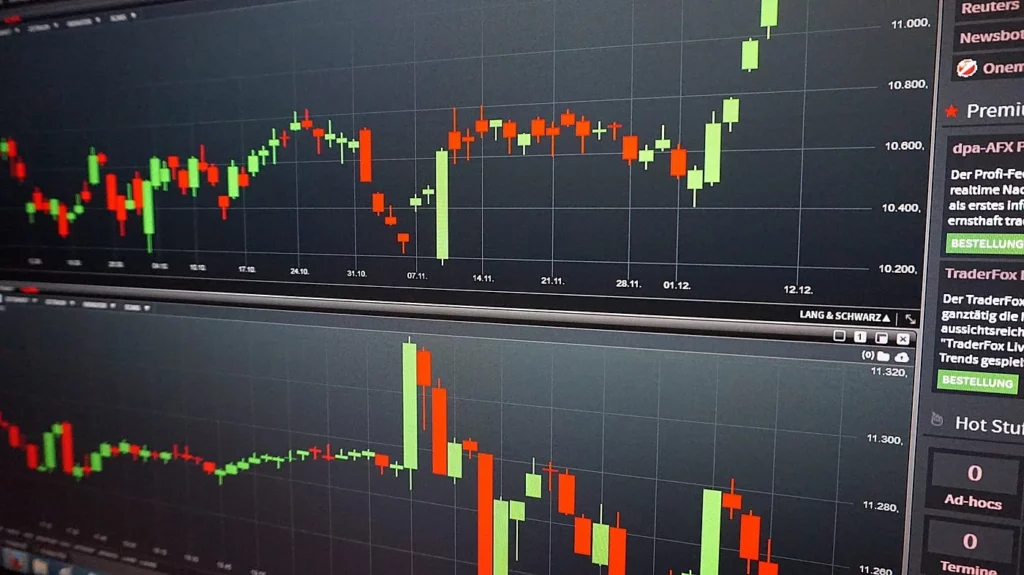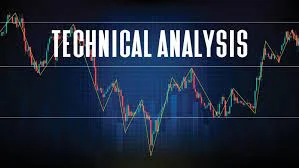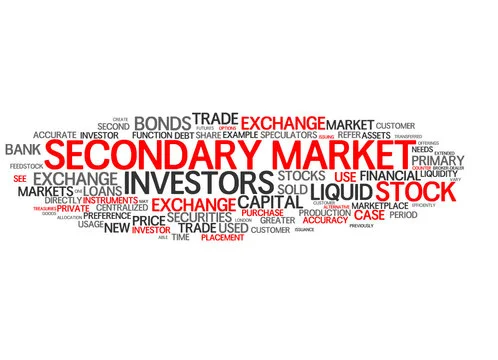What are Mutual Funds ?
A Mutual Fund is a business that collects money from numerous people and uses it to buy securities like stocks, bonds, and short-term loans. The portfolio of a mutual fund refers to all of its holdings. Mutual fund shares are purchased by investors. Each share reflects a shareholder’s ownership interest in the fund and the revenue it produces.

Why do people buy mutual funds?
Investors frequently use mutual funds because they typically provide the following benefits:
Professional Management
The research is done for you by the fund managers. They choose the securities and keep an eye on the results.
Diversification
Mutual funds frequently make investments across a variety of businesses and sectors. This reduces the danger of you losing money if one firm fails.
Affordability
For first investments and subsequent purchases, the majority of mutual funds have relatively low dollar thresholds.
Liquidity
Investors in mutual funds can conveniently redeem their shares at any time for the current net asset value (NAV) plus any redemption costs.
What types of mutual funds are there?
Money market funds, bond funds, stock funds, and target date funds are the four primary categories into which most mutual funds fit. Each variety has unique characteristics, dangers, and benefits.
- Money market funds are comparatively risk-free. They are only permitted by law to invest in a select group of high-quality, short-term securities issued by American businesses and national, state, and municipal governments.
- Bond funds often strive to earn better returns, thus they have higher risks than money market funds. Bond funds’ risks and rewards might differ greatly because there are numerous distinct kinds of bonds.
- Corporate stocks are purchased by stock funds. Stock funds vary widely from one another. Examples include:
- Growth funds concentrate on stocks with the potential for above-average financial returns but may not regularly pay a dividend.
- Income-producing stocks are purchased by income funds.
- A specific market index, such the Standard & Poor’s 500 Index, is tracked by index funds.
- Sector funds are experts in a specific industry sector.
Bonds, stocks, and other investments are all mixed together in target date funds. The mix gradually changes over time in accordance with the fund’s strategy. Lifecycle funds, also referred to as target date funds, are created for people who have specific retirement dates in mind.
What are the benefits and risks of mutual funds?
Professional investment management and possible diversification are offered by mutual funds. They also provide three opportunities for making money:
Dividends are paid : Bond interest or equity dividends are two possible sources of revenue for a fund. After deducting costs, the fund distributes nearly all of the income to the shareholders.
Distributions of Capital Gains : A fund’s securities could become more expensive. A fund makes a capital gain when it sells a security whose price has grown. The fund distributes these capital gains, less any capital losses, to investors at the end of the year.
A higher NAV : After deducting costs, the market value of a fund’s portfolio improves, increasing the value of both the fund and its shares. Your investment has a larger worth, which is reflected in the higher NAV.
All investments involve some level of risk. Because the value of the securities held by a fund can decrease, investing in mutual funds has the risk of losing some or all of your money. As market circumstances change, dividends or interest payments may also alter.
Because previous performance can not indicate future returns, a fund’s past performance is not as significant as you would believe. However, past performance can show you how steady or erratic a fund has been over time. The risk of an investment increases with fund volatility.
How to buy and sell mutual funds
Instead of purchasing mutual fund shares from other investors, investors purchase them directly from the fund or through a broker for the fund. Investors must also pay any purchase-related costs, such as sales loads, in addition to the mutual fund’s per-share net asset value.
Shares of mutual funds are “redeemable,” which means investors can sell them to the fund at any moment. Typically, the fund has seven days to provide you the money.
Investors buy mutual fund shares directly from the fund or through a broker for the fund rather than from other investors. In addition to the mutual fund’s per-share net asset value, investors are also responsible for any purchase-related expenses, such as sales loads.
Mutual fund shares are “redeemable,” which means that owners can always sell them to the fund. The fund typically has seven days to provide you the money.
Understanding fees
A mutual fund has expenses, just like any other firm. By levying fees and charges on investors, funds pass these costs through to them. Each fund has a different set of fees and costs. For a fund with high costs to produce the same returns for you, it must outperform a fund with low costs.
Over time, even slight variations in fees might result in substantial variations in returns. For instance, if you invested $10,000 in a fund with a 10% annual return and 1.5% yearly running expenditures, you would have about $49725 after 20 years. The amount you would have at the end of 20 years if you had invested in a fund with the same performance and 0.5% fees is $60,858.
Using a mutual fund cost calculator, you may quickly determine how the charges of various mutual funds accumulate over time and reduce your returns. For information on some of the most typical mutual fund fees and charges, see Mutual Fees and charges.
Avoiding fraud
Each mutual fund is obliged by law to submit a prospectus as well as ongoing shareholder reports to the SEC. Read the prospectus and the appropriate shareholder reports before making an investment. Additionally, independent organizations known as “investment advisers” that are registered with the SEC manage the investment portfolios of mutual funds. Before making an investment, always verify the investment adviser’s registration.
FOR MORE INFO CLICK THIS SITE:https://learningsharks.in/
FOLLOW OUR PAGE:https:https://www.instagram.com/learningsharks/?hl=en








